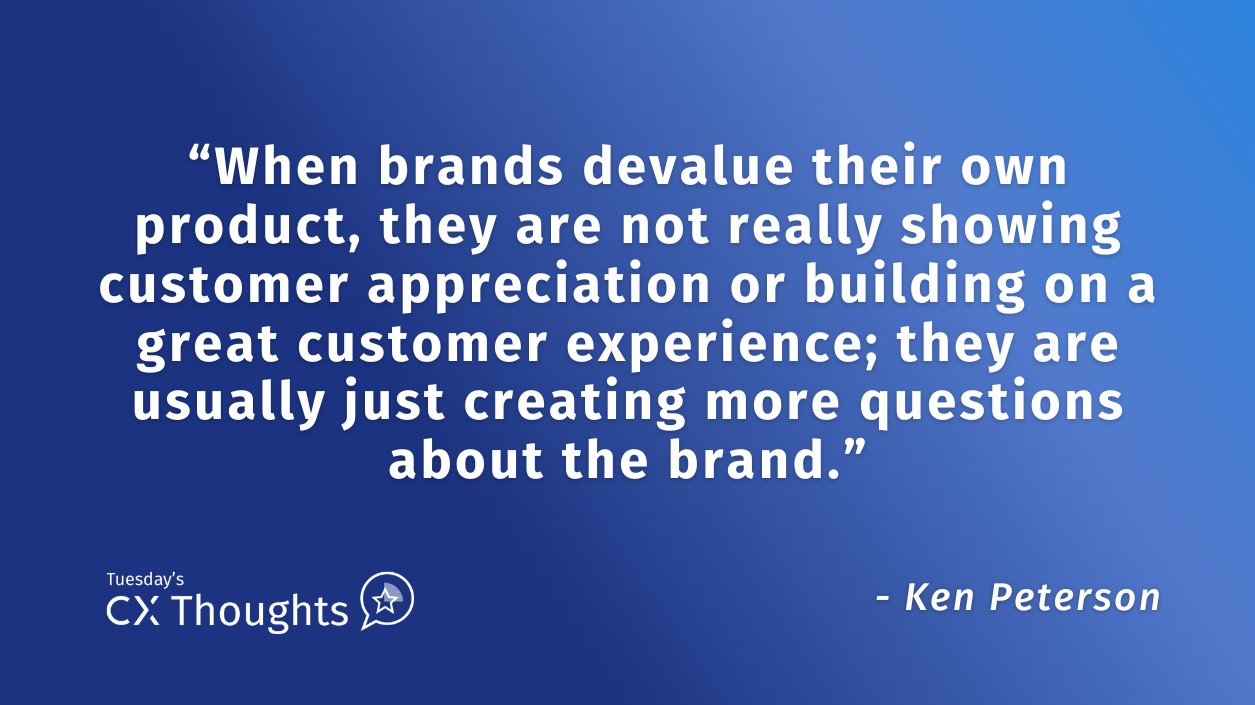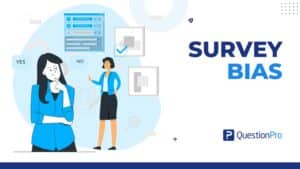
In a Hurry? Listen to Ken’s Experience here:
Last week, I was reminded of a unique opportunity I had to work with a sports club many years ago. Since the games were consistently sold out, the only opportunity for most fans to participate was through purchasing tickets on the secondary market, often at extremely high markup. Even then, with a fan base that numbers in the millions and only fewer than five thousand tickets available to any home match, odds of landing a set of tickets in a given price range was quite low.
To help engage fans that would otherwise only have the opportunity to watch through a television broadcast, additional opportunities were created for live and in-person interactions. Even those came with their own pitfalls. The most prevalent was a team scrimmage, all the starters in a match against each other prior to the official kick-off of the season.
To prevent problems with crowds, tickets for this scrimmage were distributed – for free. Even though there were costs involved with this event and even the distribution of the tickets, this event was still offered for free. Every time this event (or similar free events) were offered, the tickets were “sold out” almost immediately – often like the tickets for the hottest concert in town.
With all the interest generated by this free event, one might expect the stadium to be full and a heightened atmosphere that could rival any other home match with fan feedback that should top any other Voice-of-the-Customer score. However, reality was far different. Frequently, less than one quarter of the stadium was occupied by fans and a social media analysis would be less than flattering of the organization and the brand. Fans would speak about the lack of enthusiasm and that the customer (or fan) experience was lacking.
There were options for meeting some of the players which was exciting for the individual fans that actually showed up, but even when I had conversations with some of the players, they expressed interest in just having another open practice rather than trying to play in front of a mostly empty stadium.
What was the problem? In short, the “product” – which in this case was sports entertainment – was basically devalued. It was given away for free, so those tickets had no real value. Those who acquired them did not feel any obligation to attend as they had no investment in the opportunity. There was no rush to perhaps share them with other fans that may want to attend either, and they could not be resold, so the seats were empty.
After making these observations and conducting a survey about this small data point in the customer journey, it was evident that this free event was both appreciated. Still, it also reduced the value of the brand. In fact, those participating in the survey were less likely to consider a purchase of tickets on the secondary market for a regular season match.
We even convinced some of those that did not attend to participate in the survey. When asked why they did not attend, the sentiment analysis showed mostly negative feedback despite not attending and the respondents overwhelmingly mentioned that their reason for not attending was that ‘something more important’ came up. It is easy for something to be more important if participation in that event was valued at even one dollar.
I had a bold recommendation: asking fans to pay for the tickets. Executives with the club were taken aback by this suggestion as they saw this as an opportunity to let others in who normally could not attend and a way to give back to a fan community. While their approach was commendable (and probably self-serving as a hype marketing engine), the reality was a suffering CX Reputation and a bad look every time footage was aired on the local media with more fans commenting “why couldn’t I have those tickets, I would have attended?”.
I let them know that they did not have to charge a large fee – I recommended four tickets for a total of five dollars – and they could even contribute all ticket sales to a local charity. It took a bit of persuasion, but they agreed. The following year, when the tickets were offered, they were sold out just as quickly as the “free” tickets. The key difference is that instead of 25% attendance, nearly two-thirds of the seats filled up. There was more enthusiasm at the event and the noise from the stadium crowd was reported to be nearly as loud as a regular season match.
Any sort of financial linkage analysis would obviously show more income versus the year prior – even if it was donated. Additionally, measurement on the customer data platform and an evaluation of the online reputation showed great improvements in brand impression and in giving back to the community. There was one more interesting data point, merchandise sales.
Previously, the data collected in measuring this customer experience touchpoint, the average self-reported spend on merchandise in the stadium store increased significantly. It went from roughly one dollar per attendee, to almost four dollars per attendee. Not only was that number quadrupled, also consider that attendance more than doubled. Additionally, expected future spend was more than tripled between those “free” attendees versus those that had to pay – meaning future customer spend would be higher even if they cannot attend.
It is not really surprising; in this case, the fan had to invest more than just “fandom”; they actually invested something of monetary value – even if it was just five dollars. We even observe similar trends in a B2B focused client experience when it comes to offering our CX Enterprise Software on a short-term basis. We offer both a completely free trial of our customer experience software platform as well as a low cost paid pilot for working in our terrific customer experience management software. We find that those that have invested even just a little monetary value are more likely to accept our free offer of support in better understanding the software than those that have invested nothing.
We’ll find those with completely free trials are less engaged, are less likely to build their first survey, and are unlikely ever to accept an invitation for a demonstration of this powerful software. As a result, they are less likely to understand the value of our approach to “Understanding Journeys to Take Actions” and recognize why our QuestionPro exclusive NPS+ question type can help them to improve upon their customer experience strategy and also improve the customer feedback experience. If you reach out to us wanting a completely free trial, you are likely to get that much value out of the trial, while just a small investment will return multiples on the same pilot license.
When brands devalue their own product, they are not really showing customer appreciation or building on a great customer experience; they are usually just creating more questions about the brand. True customer recognition will be shown to and recognized by those customers that are invested in the relationship with your brand. Those are the customers that you will also want to be invested in – that is the goal of customer experience – with each side seeing value in that relationship.
Is there something wrong with your customer experience?
When you complete an honest assessment, the outcome can be beneficial. Particularly when it comes to your Customer Experience program.
Take five minutes and complete an audit for your organization here.
You may discover a gap in measurement, an opportunity to improve a process, the place where an organizational shift needs to take place or an opportunity to win a greater share of your customers’ wallets.
We all want that bigger “return”. In this situation, the worst case scenario is that you’ll get some information that will help your organization since there is no cost or obligation in completing this audit.







